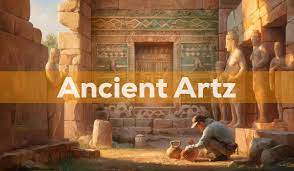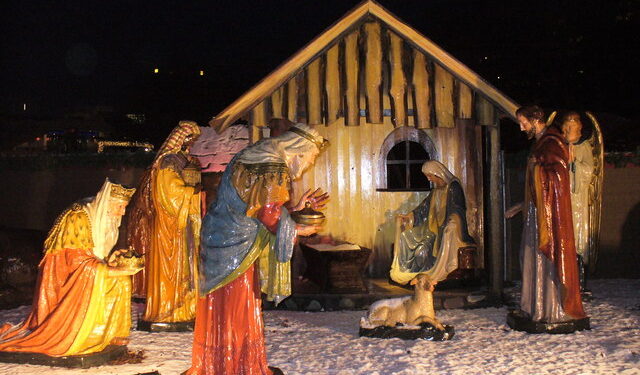Introduction
The word Nativität carries deep historical, cultural, and religious significance. Often linked with birth, creation, and new beginnings, it’s a term that has shaped centuries of art, faith, and human understanding. But what exactly does it mean, and why is it so important? Let’s explore everything you need to know about Nativität in a clear, engaging way.
What Does “Nativität” Mean?
The term Nativität is derived from the Latin nativitas, meaning “birth” or “origin.” In most contexts, it refers to the Nativity—the birth of Jesus Christ. However, the term also symbolizes the concept of beginning or the act of coming into existence, making it both a spiritual and philosophical idea.
The Origin of the Term
Historically, Nativität found its way into European languages during the Middle Ages. It was widely used in Christian theology and religious art to describe the sacred birth scene of Jesus in Bethlehem. Over time, it evolved to represent not only this divine moment but also the universal theme of life’s creation.
Nativität in Historical Context
In early Christian history, Nativität marked one of the most celebrated events—the birth of Christ. Churches across Europe built nativity scenes, and artists painted depictions of the Virgin Mary, Joseph, and baby Jesus surrounded by shepherds and angels. These representations weren’t just religious—they also reflected cultural values of hope and renewal.
Religious Significance of Nativität
For Christians, Nativität symbolizes God’s incarnation in human form. It is a reminder of humility, love, and divine purpose. The story emphasizes that greatness can emerge from the humblest beginnings—a message that still resonates today.
Representation in Art and Culture
Artistic portrayals of Nativität are among the most famous in history. From Renaissance paintings to modern sculptures, the nativity scene remains a timeless motif. Artists such as Leonardo da Vinci and Caravaggio depicted it with profound emotion, blending faith with human tenderness.
Modern-Day Interpretations
Today, Nativität extends beyond religion. It’s often used metaphorically to describe the birth of ideas, nations, or even movements. Whether in literature, philosophy, or pop culture, the term represents new beginnings and the miracle of creation in all forms.
Why Understanding Nativität Matters
In a world that constantly seeks meaning, Nativität reminds us of our origins and the beauty of beginnings. It invites reflection on faith, culture, and the shared human experience of renewal. Whether viewed through a religious or philosophical lens, it remains a symbol of hope and light.
Conclusion
Nativität is far more than a historical term—it’s a timeless concept that continues to inspire. Rooted in faith and rebirth, it reminds us that every ending carries the seed of a new beginning. Understanding its essence helps us appreciate not only the miracle of life but also the enduring power of belief.










































